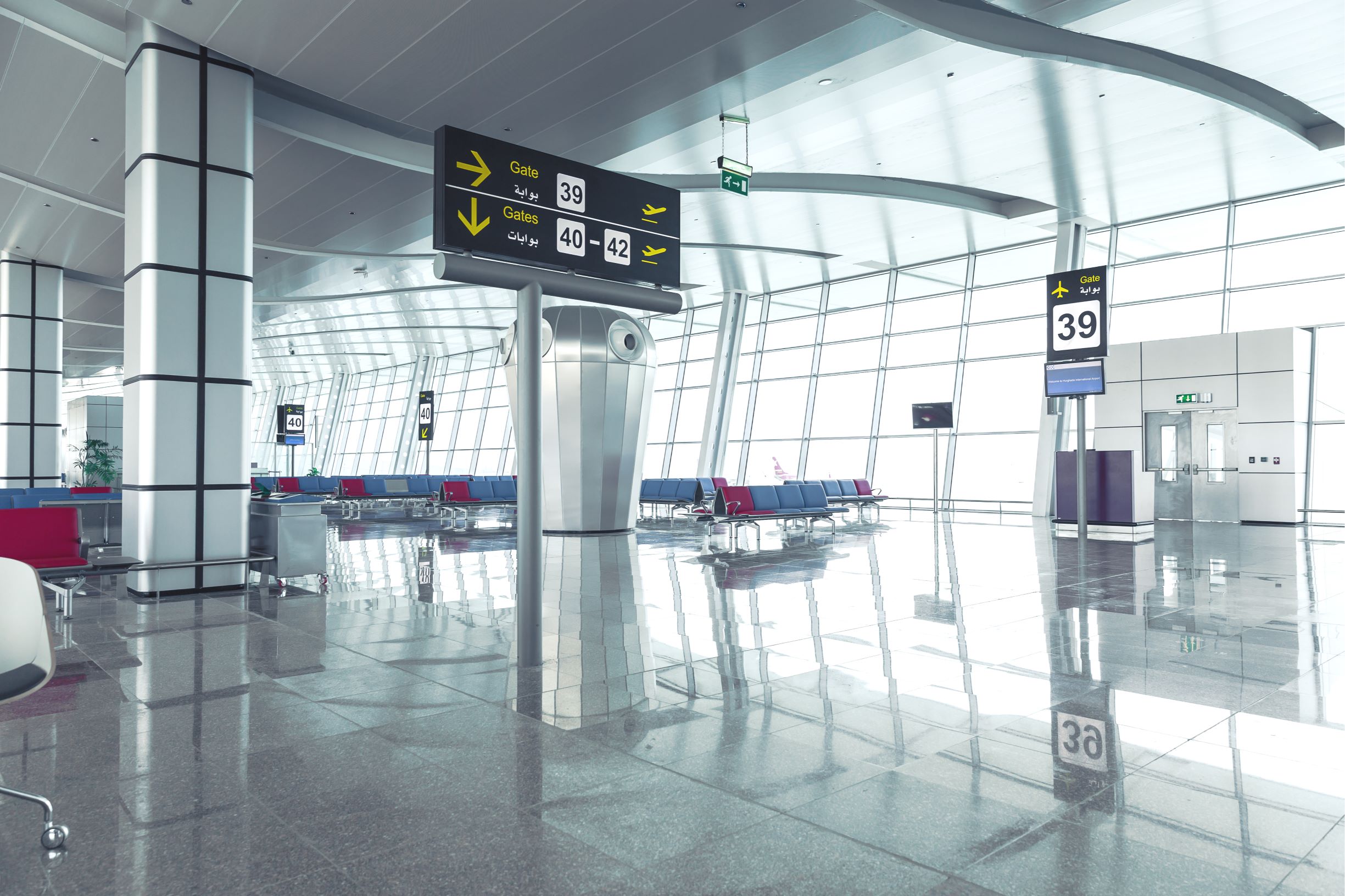How effective are travel bans for curbing coronavirus spread?

The travel restrictions imposed in light of the new coronavirus outbreak have only modestly delayed the spread of the virus.

The travel restrictions imposed in light of the new coronavirus outbreak have only modestly delayed the spread of the virus outside of Wuhan, China, where the outbreak began, according to a new study.
For the study, researchers used computer modeling along with real-world data to simulate the spread of the disease, known as COVID-19, under different scenarios, they reported Friday (March 6) in the journal Science. The authors found that the travel quarantine around Wuhan — which began on Jan. 23 and put the city and its airport on lockdown — delayed the spread of the virus throughout mainland China by only three to five days.
The Wuhan travel ban was more effective at preventing the spread of the virus to the rest of the world, at least initially. The researchers estimate the travel ban led to a 77% reduction in cases imported from China to the rest of the world in early February, compared with no travel ban. However, this reduction only lasted about two to three weeks, after which the number of international cases ticked upward due to cases imported from other parts of China.
Further analysis revealed that even very strict travel restrictions — which reduce air travel to and from China by 90% — would not have a big effect on the outbreak's trajectory unless paired with efforts to slow down the rate of disease transmission between people. Such efforts include early detection of COVID-19 cases, isolation of cases and contacts, and tried-and-true public health measures like hand washing.
"Moving forward we expect that travel restrictions to COVID-19 affected areas will have modest effects, and that transmission-reduction interventions will provide the greatest benefit to mitigate the epidemic," the authors concluded.
- The 9 deadliest viruses on Earth
- 10 deadly diseases that hopped across species
- 11 surprising facts about the respiratory system
Originally published on Live Science.
OFFER: Save at least 53% with our latest magazine deal!
With impressive cutaway illustrations that show how things function, and mindblowing photography of the world’s most inspiring spectacles, How It Works represents the pinnacle of engaging, factual fun for a mainstream audience keen to keep up with the latest tech and the most impressive phenomena on the planet and beyond. Written and presented in a style that makes even the most complex subjects interesting and easy to understand, How It Works is enjoyed by readers of all ages.
Get the world’s most fascinating discoveries delivered straight to your inbox.

Rachael is a Live Science contributor, and was a former channel editor and senior writer for Live Science between 2010 and 2022. She has a master's degree in journalism from New York University's Science, Health and Environmental Reporting Program. She also holds a B.S. in molecular biology and an M.S. in biology from the University of California, San Diego. Her work has appeared in Scienceline, The Washington Post and Scientific American.



